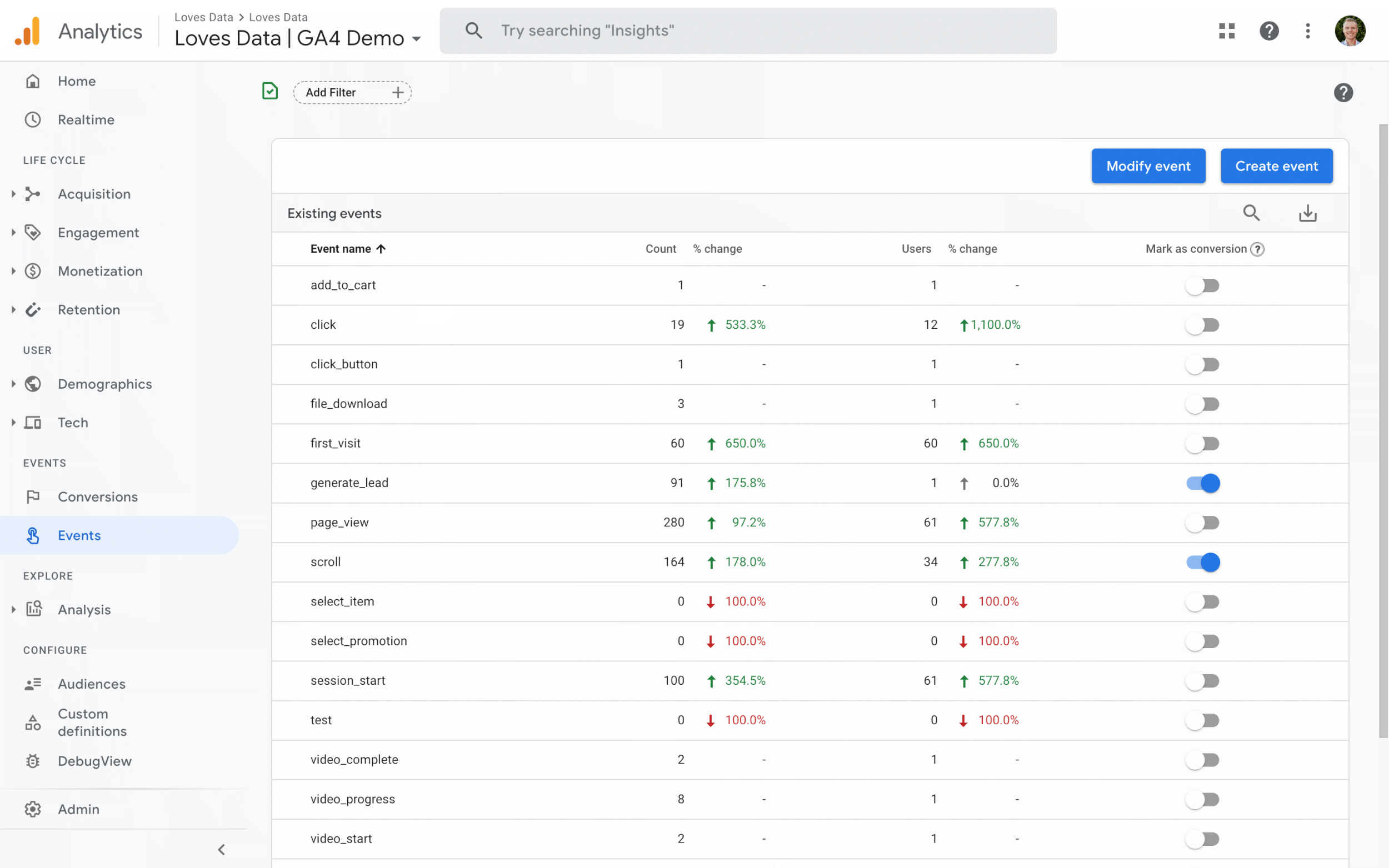A Complete Overview to Understanding When Does the Google Analytics Tracking Code Send an Event Hit to Analytics
A Complete Overview to Understanding When Does the Google Analytics Tracking Code Send an Event Hit to Analytics
Blog Article
Enhance Your Website Efficiency With Google Analytics Monitoring Code
In the digital landscape, understanding user communications with your web site is vital for optimization. This tactical implementation not only informs your decisions yet also leads the means for a much more appealing customer experience.
Comprehending Google Analytics
Comprehending Google Analytics is vital for internet site owners and marketers intending to enhance their on the internet presence. This powerful tool gives important insights right into user behavior, enabling stakeholders to make data-driven decisions. By tracking various metrics, such as page sights, bounce rates, and user demographics, Google Analytics assists determine which elements of an internet site are executing well and which require renovation.
Among the vital features of Google Analytics is its ability to sector information. Users can examine traffic sources, individual involvement, and conversion rates throughout different sectors, such as geographical areas or tool types. This granularity allows marketers to tailor their approaches to details audiences, therefore improving the performance of their campaigns.

Establishing Tracking Code
To harness the complete potential of Google Analytics, establishing up the tracking code properly is a basic action. The monitoring code, a bit of JavaScript, allows Google Analytics to accumulate data regarding individual interactions on your site. To begin, log in to your Google Analytics account and browse to the Admin section. Under the Building column, pick "Tracking Information" and after that "Tracking Code." Below, you will find your special monitoring ID, which starts with "UA-" followed by a series of numbers.
Following, you'll need to embed this code into the HTML of your internet site. Ideally, position the monitoring code prior to the closing tag on every page you want to check. Consider using plugins that assist in simple assimilation. if you're using a content management system (CMS) like WordPress.
After implementing the code, it's important to confirm its capability. Make use of the "Real-Time" reports in Google Analytics to validate that information is being collected as anticipated. By making sure correct arrangement, you develop a solid foundation for efficient data analysis and strategic decision-making to enhance your web site's efficiency.
Trick Metrics to Screen
Regularly checking key metrics in Google Analytics is necessary for analyzing your web site's performance and customer engagement. Among the essential metrics to track are page sights, which provide understanding into how usually users visit different pages on your site. Furthermore, one-of-a-kind visitors help you understand the reach of your content by showing the number of distinct users are engaging with your site over an offered duration.
Bounce price is an additional critical metric, disclosing the percentage of site visitors that leave your site after watching only one page. A high bounce price might signal concerns with content importance or customer experience. Alternatively, session period suggests exactly how lengthy site visitors remain on your site, assisting you evaluate content performance and customer rate of interest.
Conversion prices are important for gauging the success of your internet site in accomplishing specific goals, such as form submissions or product purchases (when does the google analytics tracking code send an event hit to analytics?). Keeping track of traffic sources is additionally key, as it aids determine which networks drive the most traffic and conversions, enabling for more targeted marketing techniques
Analyzing Site Visitor Behavior

In addition, tracking customer paths with the website helps reveal common navigation patterns. This information is essential in figuring out whether users can conveniently locate the material they look for or if they run into obstacles that bring about frustration. Identifying high departure pages can highlight locations that may require redesign or even more engaging web content to retain visitors.
Furthermore, segmenting customers based upon demographics, passions, and habits supplies a much deeper understanding of the target market. This division allows companies to tailor web content and advertising and marketing approaches extra successfully, enhancing the likelihood of conversions. Inevitably, analyzing site visitor habits not only informs web site improvements however also cultivates an extra user-centric approach, bring about enhanced contentment and commitment with time.
Implementing Data-Driven Modifications
Carrying out data-driven changes is essential for improving website efficiency and achieving business goals. By leveraging understandings collected from Google Analytics, companies can recognize areas for enhancement and make informed choices to enhance customer experience.
First, analyze vital performance indications (KPIs) such as bounce prices, session period, and conversion rates to identify certain problems influencing customer involvement - when does the Get More Information google analytics tracking code send an event hit to analytics?. As an example, a high bounce rate on a landing page might suggest that the content is not reverberating with site visitors or that the page takes as well long to load

Conclusion
In verdict, the implementation of Google Analytics tracking code is important for enhancing site performance. By precisely keeping an eye on individual habits and essential metrics, valuable understandings can be gotten, facilitating data-driven decision-making.
By tracking different metrics, such as page sights, bounce rates, and individual demographics, Google Analytics helps recognize which elements of a site are performing well and which need renovation.
Customers can examine traffic resources, user engagement, and conversion rates across different sectors, such as geographic places or device kinds. The tracking code, a fragment of JavaScript, allows these details Google Analytics to accumulate data regarding user interactions on your web site.On a regular basis keeping an eye on crucial metrics in Google Analytics is crucial for analyzing your site's performance and user interaction. By leveraging Google Analytics, site owners can obtain important understandings right into just how customers communicate with their site.
Report this page